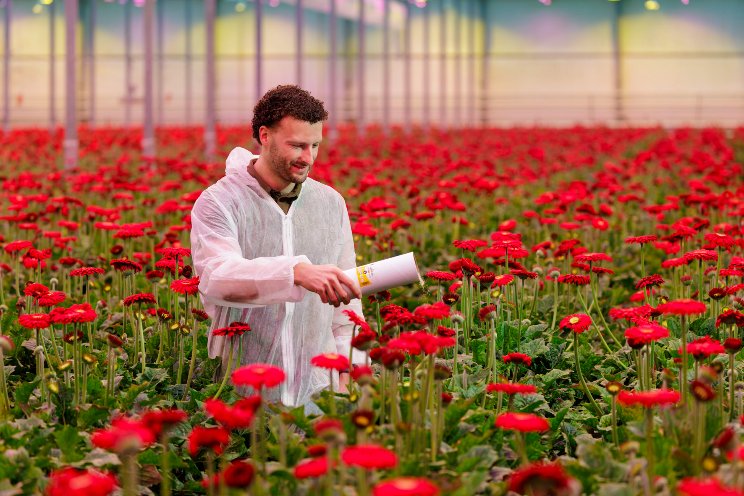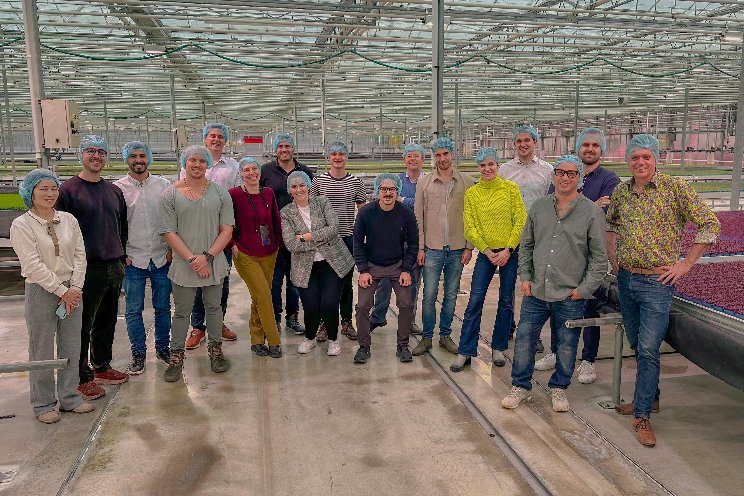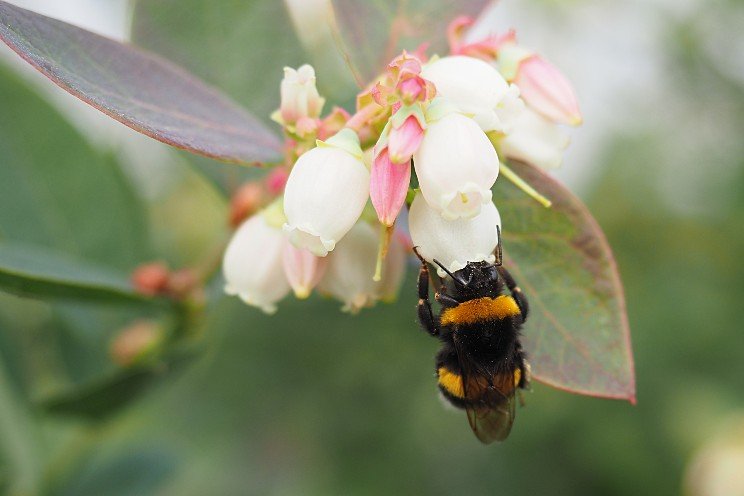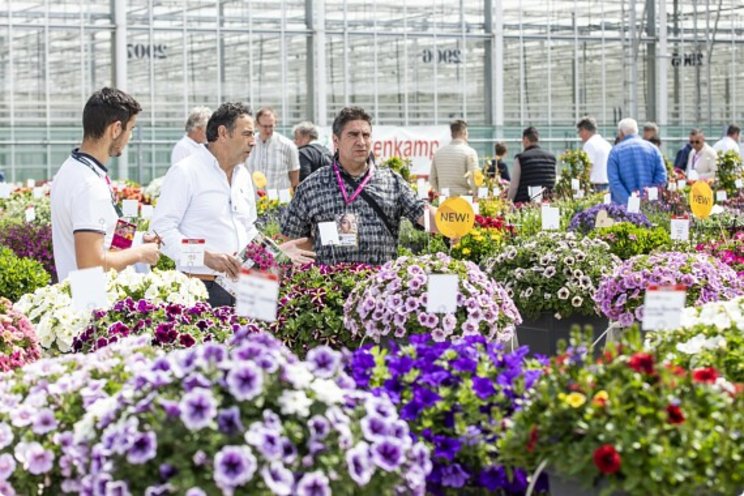Night light affects seagrass gene expression and growth
Added on 10 July 2023

Posidonia oceanica, an endemic seagrass species in the Mediterranean, plays a crucial role in supporting marine biodiversity and providing a range of services, including carbon sequestration, sediment trapping, and reduction of coastal erosion. However, the increasing prevalence of artificial light at night, particularly in coastal areas, has raised concerns about its potential impact on these vital marine habitats.
The research team, led by Dr. Massimo Galletti, Dr. Gabriele Procaccini, and Dr. Lázaro Marín-Guirao, conducted a detailed study on the effects of artificial night lighting on Posidonia oceanica. They hypothesized that continuous exposure to artificial night lighting could impact the entrainment of gene expression rhythms in Posidonia, which regulate various physiological processes, including photoprotection, photosynthesis, and induction of flowering.
The researchers found that artificial night lighting significantly altered the expression of several genes involved in these processes. They also observed changes in the maximum photosystem II efficiency of the plants, which is a reliable measurement of plant sensitivity to environmental changes. Furthermore, they found that these effects were long-lasting, with the plants showing altered growth patterns even under controlled conditions without night lighting.
Continue reading.
Photo by Light Liu on Unsplash
More news















